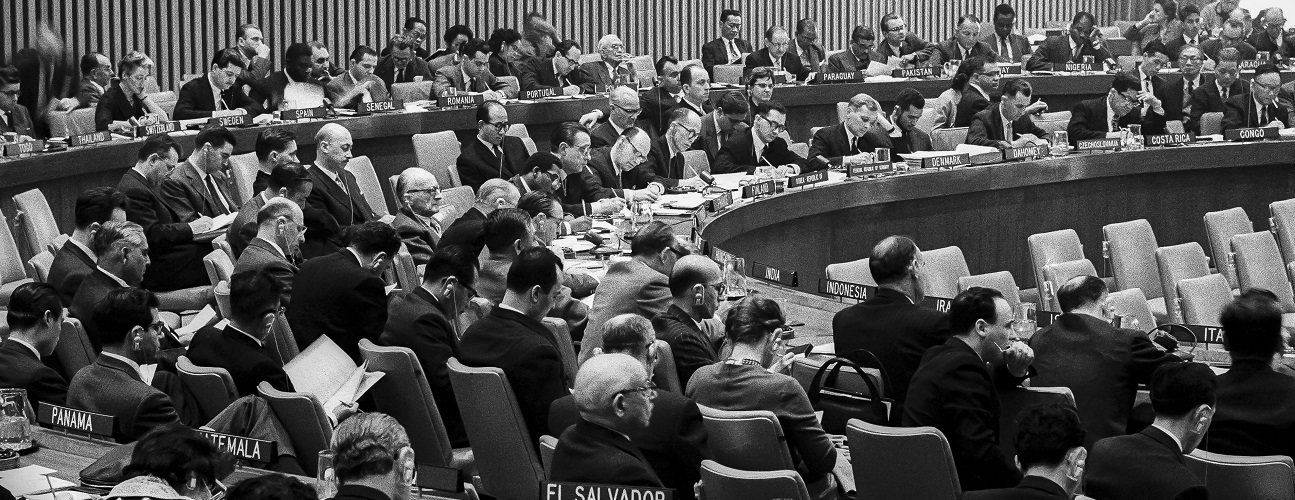
United Nations Conference for the Adoption of a Single Convention
on Narcotic Drugs 24 January - 25 March 1961, New York
Background
The fight against drugs
On 28 July 1958, the UN Economic and Social Council decided to convene a plenipotentiary conference for the adoption of a single convention on narcotic drugs to replace by a single instrument the existing multilateral treaties in the field. The United Nations Conference for the Adoption of a Single Convention on Narcotic Drugs met at United Nations Headquarters from 24 January to 25 March 1961, and adopted the Single Convention on Narcotic Drugs. The aim of the Convention was to combat drug consumption through coordinated international intervention. Its intent was to limit the possession, consumption, trade, distribution, import, export, manufacture and production of drugs to medical and scientific purposes only. It also fought against drug trafficking through international cooperation meant to deter drug traffickers. It was modified by the 1972 Protocol Amending the Single Convention on Narcotic Drugs.
The 1961 Single Convention on Narcotic Drugs gave birth to the International Narcotics Control Board (INCB), which is responsible for monitoring the implementation of international drug control treaties by States Parties. The INCB establishes standards and statistics that enable it to help control the cultivation, production, manufacture and use of drugs and to monitor the legal trade in drugs.
